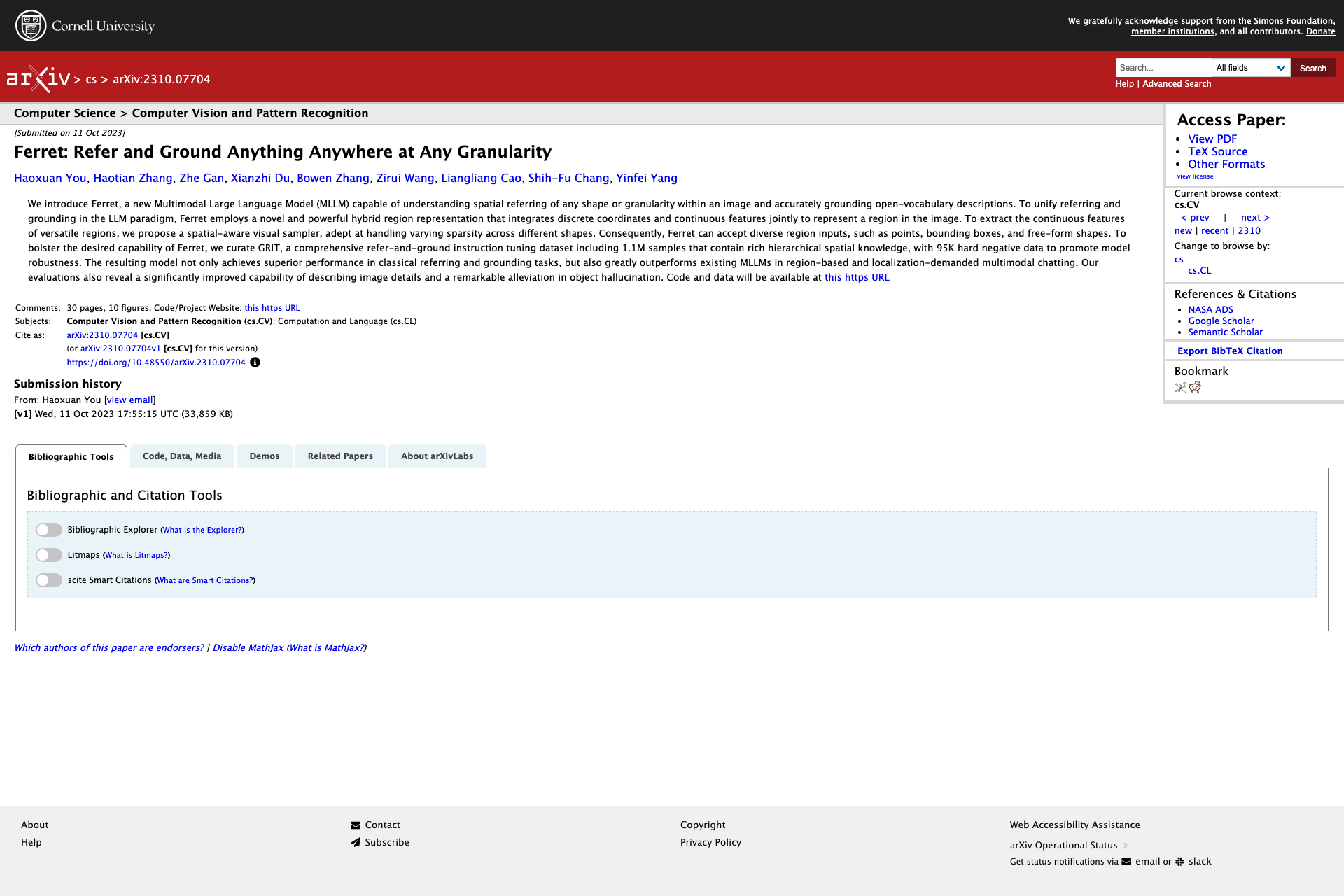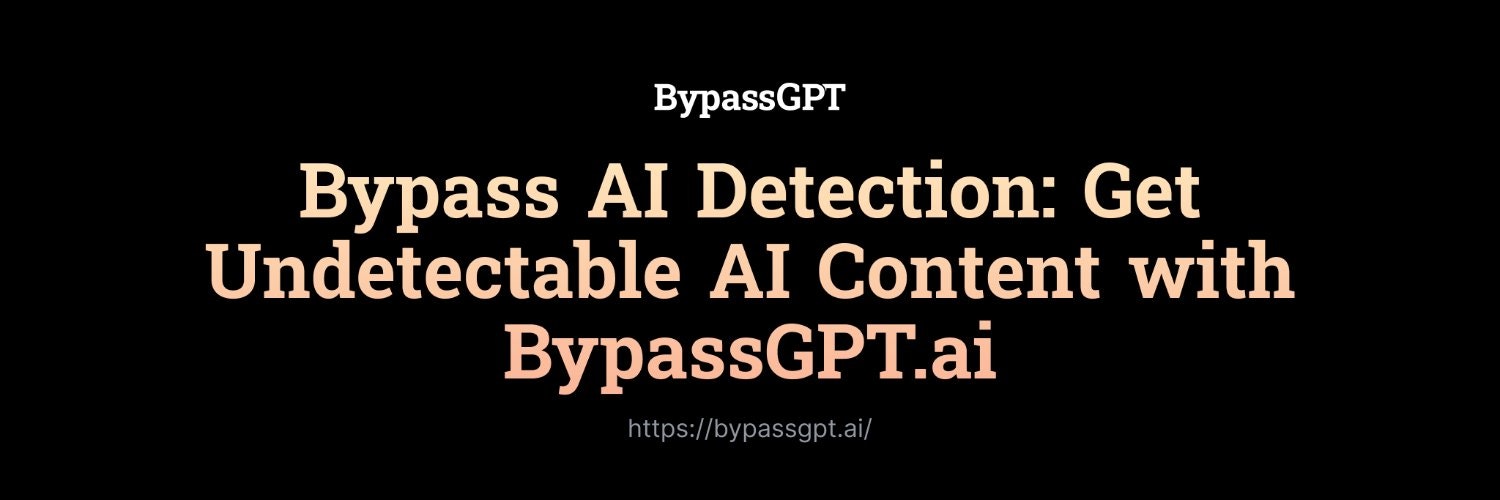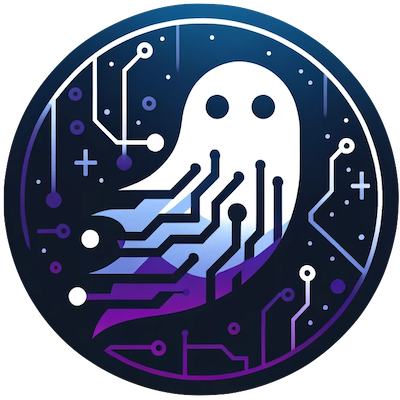Ferret
A new type of multimodal large language model (MLLM) from Apple that excels in both image understanding and language processing, particularly demonstrating significant advantages in understanding spatial references.

Related Products about Ferret

Discover AI Dezigner on ProductHunt! Upload your room, choose a type and theme, and let AI suggest creative designs. Transform your space effortlessly with our AI-powered interior design tool. Redefine your room with AI Dezigner.

We're here to provide you with the insights, strategies, and tools you need to craft an effective fundraising profile and compelling financial model on an AI-powered platform.

Wallpea plays a crucial role in revolutionizing the stock image industry by providing millions of businesses, designers, writers, artists, programmers, and other creators with access to a vast array of AI generated stunning images that they can freely use.

📣 Calling all content creators, marketers, and digital storytellers! 🚀 Don't let writer's block hold you back. Unlock your creative potential and streamline your content creation process today. 👋 Say goodbye to creative roadblocks!

The First Chrome Extension To Get A ChatGPT Instant Access On Any Site. Take Quick Access Ai To Any Site To Simplify Your Daily Tasks Without Leaving Your Favorite Sites just by using specific commands. Increase a 20x Productivity with Quick Access Ai.

BypassGPT is a leading AI detection remover built to outsmart vigilant AI detectors. We turn AI-generated content into text that convincingly mirrors human writing styles and nuances, successfully evading AI detection.

Experience dynamic and immersive interactions with our AI Giantess chat, where advanced AI brings a personified Giantess to life for engaging and realistic conversations.
